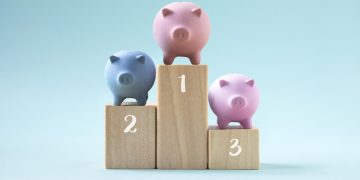The Federal Reserve raised its target federal funds rate by a half point at the end of its two-day meeting Wednesday, notching the largest increase in the benchmark in more than 20 years.
“The Federal Reserve is behind the curve,” said Greg McBride, chief financial analyst at Bankrate.com. “They have to raise interest rates a lot — and in a hurry.”
What the federal funds rate means to you
The federal funds rate, which is set by the central bank, is the interest rate at which banks borrow and lend to one another overnight. Although that’s not the rate that consumers pay, the Fed’s moves still affect the borrowing and saving rates they see every day.
“Rising interest rates mean borrowing costs more, and eventually saving will earn more,” McBride said.
“This hints at the steps households should be taking to stabilize their finances — pay down debt, especially costly credit card and other variable rate debt, and boost emergency savings,” he added. “Both will enable you to better weather rising interest rates, and whatever might come next economically.”
Credit-card borrowers, homebuyers could see hikes
Short-term borrowing rates, particularly on credit cards, are set to jump higher.
Since most credit cards have a variable rate, there’s a direct connection to the Fed’s benchmark, so expect your annual percentage rate to rise within a billing cycle or two.
“When it comes to raising credit card APRs, banks don’t waste time,” said Matt Schulz, chief credit analyst for LendingTree.



























































